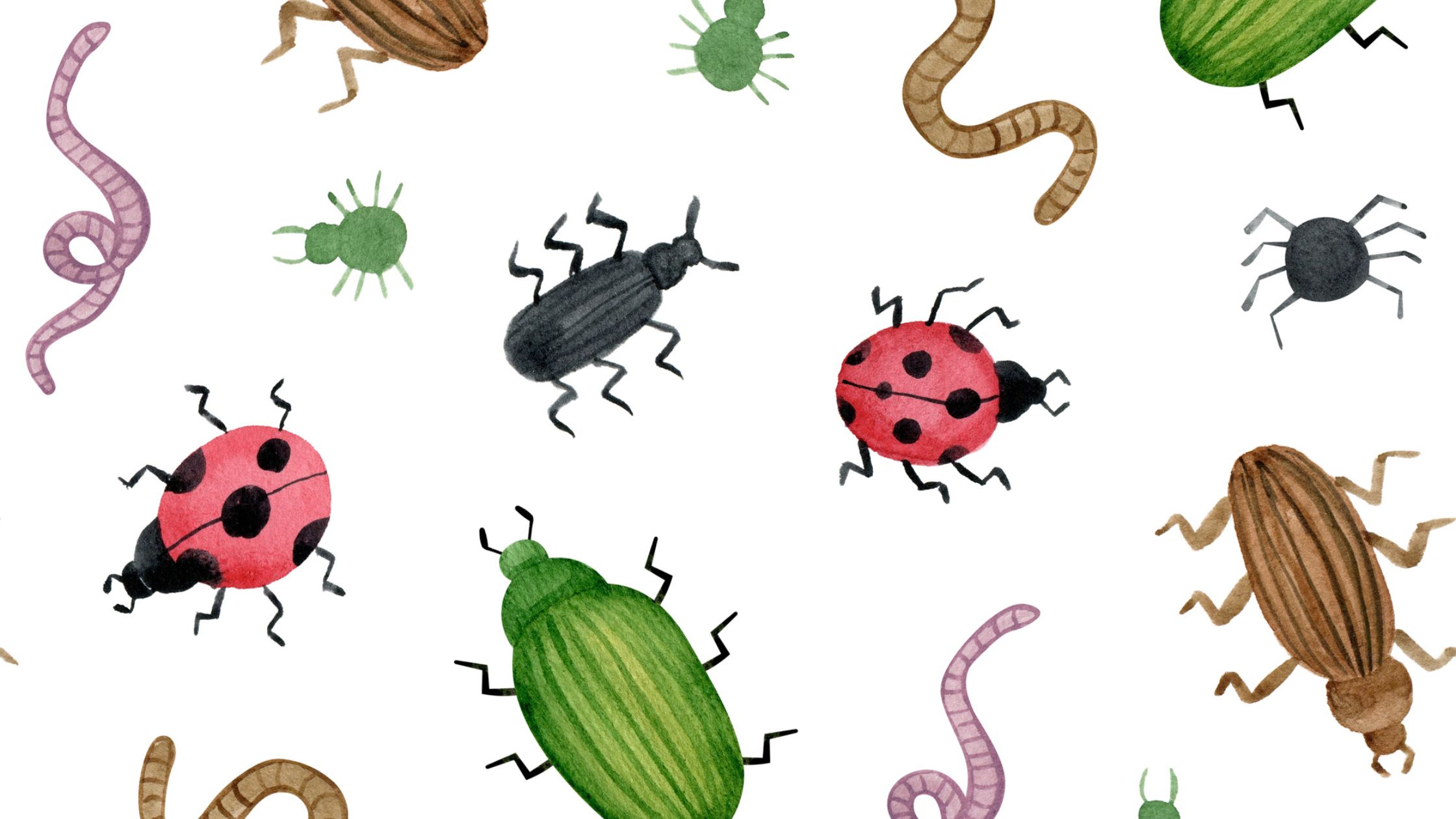Bug bites are back! Especially with the early sunshine we’re getting in the Portland area this year. And we’re hearing questions from patients about the efficacy of the “Bug Bite Thing” and similar gadgets.
“Is it worth it to send my kid to camp with one?”
“Can they suck out bee stingers and stop an allergic reaction?”
Devices like the “Bug Bite Thing” are designed to treat bug bites. They use simple suction to remove insect venom, saliva, and other irritants left on or under the skin after a bite or sting. The presumed benefit is based on the principle that by removing these substances, your body’s inflammatory and histamine responses—which cause uncomfortable itching and swelling—can be minimized. The promise is that reduced exposure to the source of a given irritant will drastically reduce the duration or intensity of your discomfort.
The (Possible) Science
The mechanical action of suction can temporarily relieve itching and swelling through several mechanisms associated with increased blood flow to the area:
- Enhanced Circulation: Applying suction to the skin draws blood to that area, which can help flush out some chemicals and substances that contribute to inflammation and itching. Increased blood flow can deliver fresh nutrients and oxygen while also removing cellular waste and inflammatory mediators more efficiently.
- Lymphatic Drainage: Some kinds of suction can also stimulate lymphatic flow. The lymphatic system helps to clear excess fluid and waste products from tissues. Enhancing lymphatic drainage can reduce edema (swelling) and speed up the removal of irritants and toxins from the bite site.
- Reduced Localized Inflammation: By potentially removing some of the venom, saliva, or other irritants through suction, there could be a direct reduction in the substances that trigger a histamine response, thus reducing localized inflammation and associated symptoms. The pressure from localized suction can also potentially reduce your body’s inflammatory response, in a similar action to a compress.
- Heat Dissipation: The act of suction might also alter local temperature slightly, affecting how enzymes and other inflammatory mediators function in the area. Enzymes that drive inflammatory processes can be sensitive to temperature changes, and even a slight change might modulate their activity—this is one way fevers work.
- Distraction Phenomenon: The physical sensation of suction can act as a “counterirritant,” where the stimulation of nerves with a different sensation (the pull of suction) can temporarily distract from the itching sensation. This is similar to rubbing or scratching a bite, where the mechanical action temporarily alleviates itch through sensory distraction.
- Reducing Infections: Anything that benignly reduces itching can be great for kiddos. Their fingernails are often dirty, which increases risks of infection when they scratch.
Does it work?
While the idea of removing irritants to reduce symptoms makes sense, there’s not much clinical research to fully validate these claims. It might provide relief by acting as a placebo or through the mechanical action of suction which might temporarily relieve itching and swelling by increasing blood flow to the area.
That said, there are hundreds of positive reviews online claiming the utility of products like the Bug Bite Thing on mosquito bites, and other critters. They are also generally considered low risk (given they don’t use chemicals) and might be worth a try.
However successful mechanical tools may be, they should not be considered replacements for emergency epinephrin or other allergy medications.
What About on Bee Stings?
Exposure to bee venom results in all different kinds of reactions, ranging from mild, to intensely painful, to even life-threatening (if the person has an allergy).
To remove a stinger, standard guidance is to gently scrape the area with the stinger, using some kind of straight-edged object like the back of a knife. This pulls the stinger out without squeezing the stinger’s venom sac.
As far as we know, there isn’t much research into how well suction pulls stingers from wounds without negative effects. Given the risks of prolonged exposure to bee venom, we still recommend scraping and washing to remove stingers and venom until more research is conducted.
Overall, the positive response that devices like this have earned may indicate they’re worth a try. Increased blood flow and the physical effects of suction may provide temporary relief from the discomfort caused by insect bites, even if they do not completely eliminate the body’s inflammatory and histamine responses.
To discuss this, or any other medical topic, with one of our providers, consider becoming a patient at Northwest Integrative Medicine:

Become a new patient today using our New Patient Fast Track


